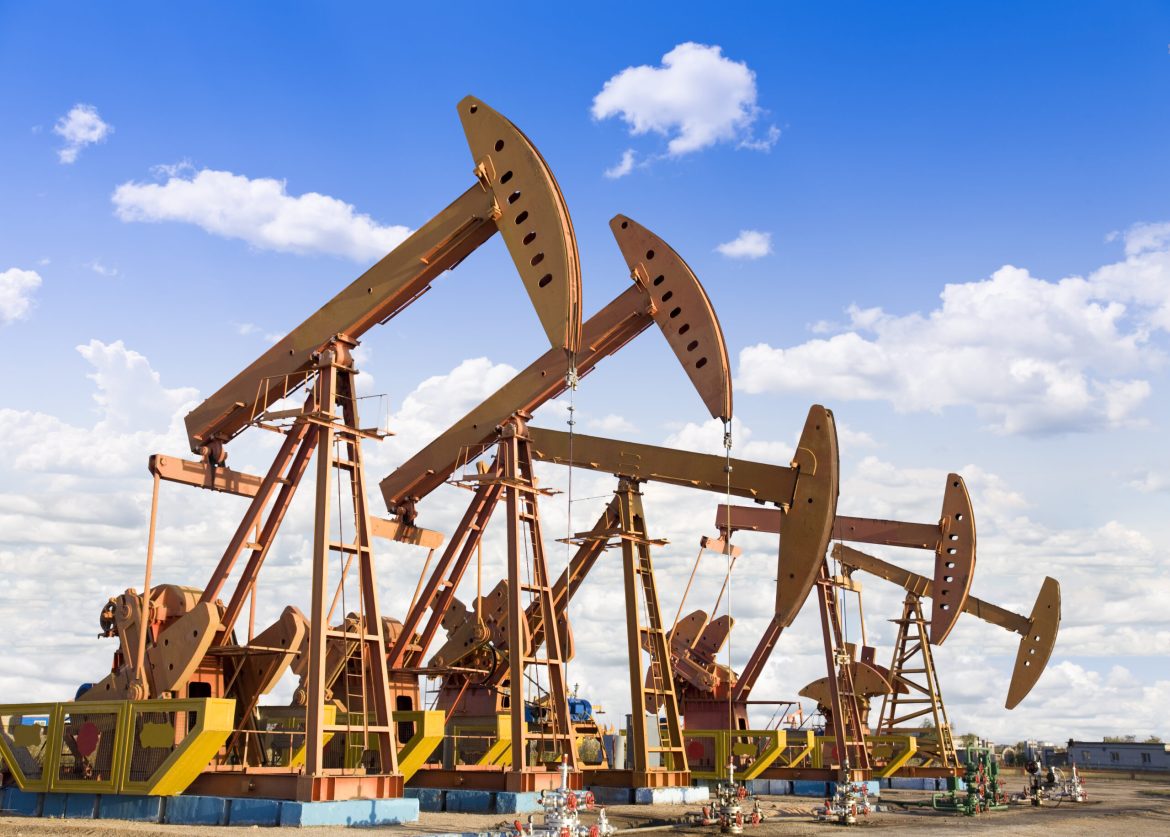KEY POINTS
- Russia launched a hypersonic missile, heightening geopolitical tensions.
- Brent crude rose 1.95% amid supply disruption fears.
- U.S. inventories increased, offsetting some oil market concerns.
As growing tensions between Russia and Ukraine stoked worries about possible interruptions to the world’s petroleum supply, oil prices rose by about 2% on Thursday. After both countries fired missiles at one another, the increased tensions shook the markets.
Russia’s missile strike and warnings to the West
According to reuters, Russian President Vladimir Putin declared Thursday that his country has targeted a Ukrainian military installation with a hypersonic medium-range ballistic missile. He cautioned Western countries that military installations in nations that supply Russia with weapons could be targeted by Moscow in retaliation. Putin said the battle was turning into a worldwide conflict and blamed the West for allowing Ukraine to utilise long-range missiles to attack Russian territory.
Despite Moscow’s repeated warnings that such measures would constitute a grave escalation, Ukraine reportedly fired missiles built in the United States and Britain at Russian sites earlier this week.
U.S. West Texas Intermediate crude climbed $1.35, or 2%, to close at $70.10 a barrel, while Brent crude futures increased $1.42, or 1.95%, to conclude at $74.23 per barrel. Ole Hvalbye, a commodities analyst at SEB, stated that “the market’s focus has now shifted to heightened concerns about an escalation in the war in Ukraine.”
Russia, the world’s second-largest exporter of crude oil after Saudi Arabia, is essential to the world’s energy supply. Widespread effects could result from any significant disruptions. “The risk for oil is that Ukraine may attack Russian energy infrastructure, and the other risk is that we don’t know how Russia will react to these attacks,” ING analysts wrote in a note.
The reported increase in U.S. oil stocks, which above experts’ projections by 545,000 barrels to 430.3 million barrels for the week ending November 15, helped allay these worries. Gasoline stocks also climbed beyond expectations, while distillate inventories saw a larger-than-expected decline, according to Energy Information Administration data.
Inventories, OPEC+ plans, and China trade policies in focus
Adding to market dynamics, China announced measures on Thursday to bolster trade, including support for energy imports, amid concerns over geopolitical uncertainties. Meanwhile, the OPEC+ alliance, which includes the Organization of the Petroleum Exporting Countries and allies like Russia, may reconsider plans to increase production during its Dec. 1 meeting due to weak demand forecasts, according to sources familiar with the discussions. The organisation is responsible for about half of the world’s oil production.
In the U.S., Federal Reserve Bank of Chicago President Austan Goolsbee reiterated support for slower interest rate cuts, citing the need for caution. Elevated borrowing costs could suppress economic activity and weigh on oil demand.



